The difference between a mirror, mirrorless and compact camera
Photography firmly entered the life of modern man. Despite the appearance of decent cameras in smartphones, the demand for cameras has not changed at all. Experienced users understand the characteristics of the cameras, their functions and the device, but novice photographers may be confused in a variety of models. Let's try to figure out what is the difference between a mirror and a digital camera.
For a start it is worth understanding that a SLR camera can be analog (film) or digital. A digital device, in turn, can be a DSLR or not. Below will be considered, what is the difference in the device and functions of cameras.
Content
Camera device
Even a purely visually reflex camera differs from a digital compact compactness and a serious lens. To accurately understand the difference between compact cameras and DSLRs, it is worth looking inside the equipment.

Reflex camera
This type of camera is more complex in terms of its structure and principle of operation. This affects not only the functionality (it is wider), but also the dimensions and weight of the camera. In addition, mirror models have more mechanical parts, which makes them vulnerable to bumps and falls. Cameras with mirrors consist of two parts:
- camera (body or bird);
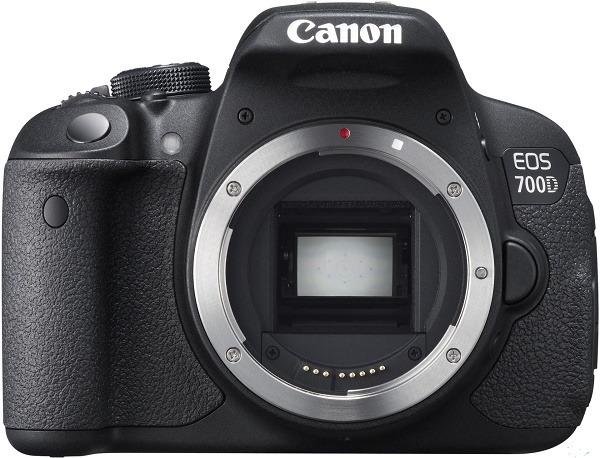
- removable lens.
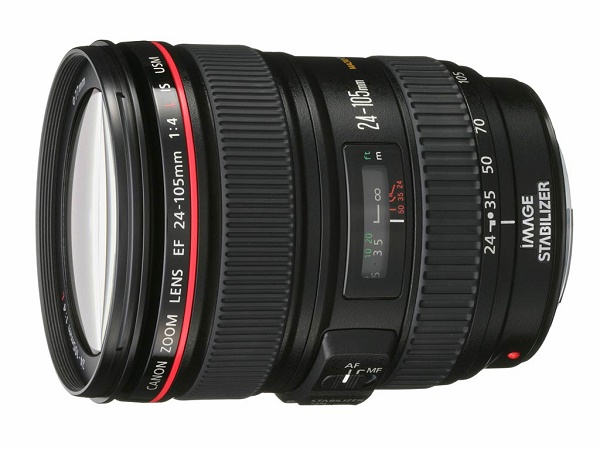
Inside the lens is lens row and diaphragm - they let the light through. The task of the diaphragm is to control the amount of light that hits the matrix. This affects the amount of noise, color and overall quality of the image.
After the passage of light through the lens and the diaphragm, it falls on a semi-transparent mirror, where the luminous flux is divided into two parts. The first part is sent through a system of mirrors and a convex lens to a pentaprism, where the image turns over and enters the viewfinder. This is where the picture is available to the human eye.
Due to the fact that the whole process is based on the laws of physics, there is no distortion or loss of image quality. The photographer sees exactly what will be in the final picture.
The second part of the stream from the translucent mirror is sent focus system. Here, with the help of special sensors, the calculation is carried out - the object is in focus or not. After which the lenses are shifted so as to catch the focus. When the photographer is convinced that the picture completely suits him, he presses the shutter button, the mirror moves back and all the light falls on the matrix. Photo taken.
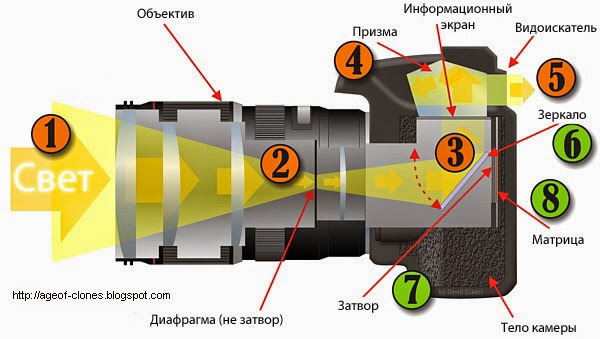
Compact camera
Compact camera on the device is much easier. It consists of a one-piece body with a retractable lens. In this case, it is not removed. The principle of operation is that the light passes through the lens, hits the matrix and after image processing by the processor get a picture.
This is the key difference between the cameras: on the mirror device the photographer sees the real image, and in the compact, what the processor sees.
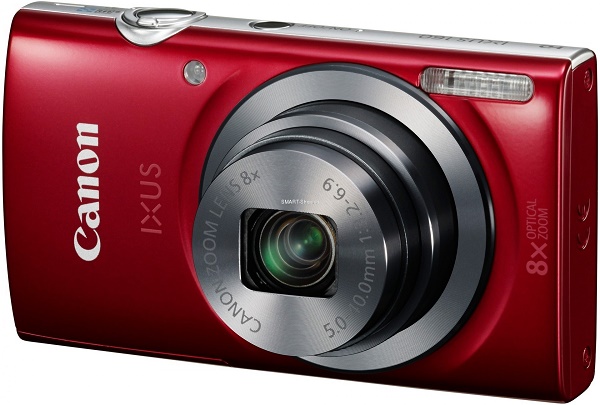
Differences in the device compact and DSLRs
Based on the foregoing, it can be concluded regarding the differences in the device of the SLR camera from the digital compact camera.
- The SLR camera has a removable lens, it is not removable in a compact camera.
- In the SLR, the focusing is optical (that is, achieved due to the optics, namely, the displacement of the lenses), in the case of soap cases - electronic (the image is processed by the processor).
- The compact camera has no mirror system.
In general, due to the simplicity of the structure, compact cameras are smaller in size, but they also have a subspecies, called "ultrazoom." Externally, ultrazoom resemble mirror models, but they also do not remove the lens, and the fundamental difference lies in the ability to increase. Simple compacts can not remove distant objects, ultrazoom have 40, 50 and even 60-fold approximation.
SLR cameras have better display characteristics, the ability to connect external flash and remote microphonebesides, their battery lasts much longer. Compact devices for the most part do not have the ability to connect additional accessories, the battery lasts for 200-300 shots on average, providedthat no one will watch them on the device display. The display itself is much worse in performance.

Another important point - the optics of the SLR cameras are made of glass. Compact cameras use plastic.
The matrix in the SLR cameras is larger than that of the soap case. The size of the matrix directly affects how much light it collects. The larger the size, the better the photo. The full-size matrix has a size of 24 * 36 mm, and nowadays the film has such a size and expensive professional cameras with a mirror. In the mirror models of the middle and lower levels of the matrix can reach 13.5 * 18 mm or 22.7 * 15.1 mm. For compacts, this figure does not exceed 8.8 * 6.6 mm, but sometimes less.
The functionality of compact and DSLRs
It has long been the opinion that compact cameras are devices that operate on the principle of "pressed a button, got a photo". You do not need to know the basics of photography, set the settings and think hard over the image. Soap dishes were created for people who do not need to take high-quality pictures or photo pictures, but simply capture the frame.The only changes that can be made on a compact camera are to zoom in or out the image, and also to impose filters programmed into the model.
Mirror models offer their owners a real field of experimentation. There is an automatic mode here, but people who have at least a minimal idea of shooting and want to get really interesting shots, always put everything in manual mode. With a mirror device, you can change the shutter speed, focus, or aperture size. All this affects the image. In other words, with a SLR camera, the photographer gets what he has in mind, and in the compact, what happens.
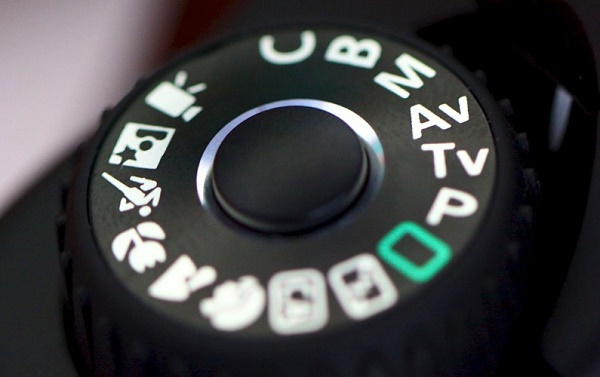
The mirror is much faster focused, which makes it possible to conduct continuous shooting without loss of quality. In addition, SLR cameras have better color reproduction. They can use filters that allow you to take interesting pictures.
What is a mirrorless camera
Relatively new trend of the market and not yet widespread - mirrorless camera. The main difference between a mirror camera and a mirrorless camera is in the presence of mirrors.
In fact, a mirrorless camera is a derivative of a SLR and compact. The size of the case and the principle of operation remain from the compact - the light hits the matrix, the processor reads information and displays a picture in real time. In such a device, there is no viewfinder, no mirrors, pentaprism and phase focusing.

There is quite a logical question - what is the purpose of such a camera if it repeats the compact device? The fact is that in such a camera are used mirror format matrixes. Due to this, the quality of photos is much better here than in a compact. In addition, mirrorless cameras are equipped with removable lensesthat also makes the functionality wider, and the quality of shooting is better.
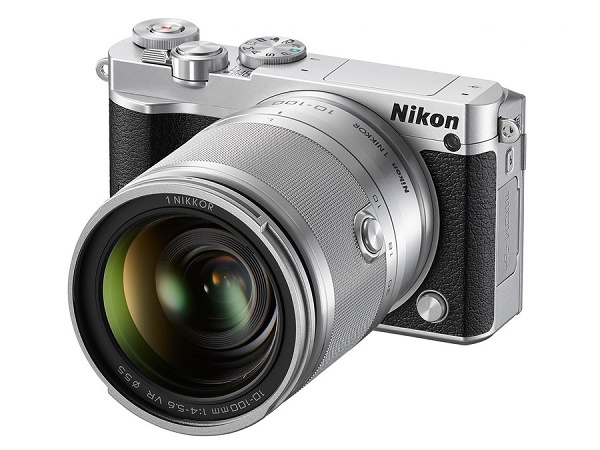
In recent years, it has been proven that mirrorless cameras allow you to take pictures that are not inferior to SLR cameras. Despite the good performance of mirrorless models, in the professional environment they are almost never used.
Consider the pros and cons of these devices.
- compact size;
- fewer mechanical parts significantly increase reliability;
- low cost in comparison with mirror devices;
- in some cases it is more convenient to use the display than the viewfinder.
- the picture is formed by the processor, it affects the contrast and saturation;
- the picture is formed with a slight delay, as it takes time to process it by the processor;
- the screen may glare in bright light;
- battery life is reduced due to the constantly on display.
Conclusion
A comparison of the three types of cameras shows that the difference between a SLR and a digital camera, as well as a mirrorless device, is available mirror and phase focusing systems. From the point of view of the work, the SLRs focus more quickly and more accurately transfer the image, but they are larger. In addition, they are quite fragile. In some cases this is a problem.
In general, it can be noted that compact cameras are suitable for amateurs who do not aim to create masterpieces. Mirror and mirrorless cameras are more suitable for people who have interesting ideas and imagination. With their help, you can get high-quality professional images.

/rating_off.png)











